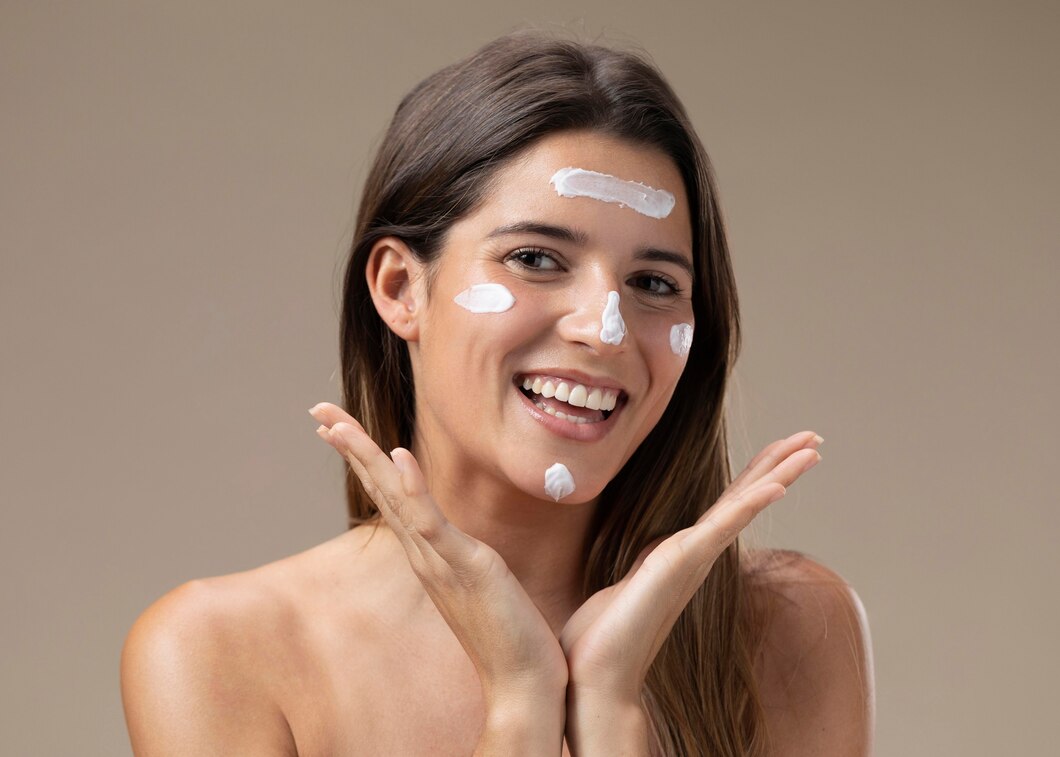Skincare with active ingredients can transform your skin, addressing issues like acne, hyperpigmentation, and aging. However, using actives requires careful consideration to avoid irritation and maximize their benefits. Here are some essential tips for incorporating skincare actives into your routine effectively and safely.
1. Understand Your Actives
Different active ingredients serve various purposes and have specific usage guidelines. Here are a few common actives and their benefits:
- Retinoids (Retinol, Retin-A): Promote cell turnover, reduce wrinkles, and treat acne.
- Vitamin C (Ascorbic Acid): Brightens skin, reduces hyperpigmentation, and protects against free radicals.
- Alpha Hydroxy Acids (AHAs) (Glycolic Acid, Lactic Acid): Exfoliate the skin’s surface, improving texture and tone.
- Beta Hydroxy Acid (BHA) (Salicylic Acid): Penetrates pores to clear acne and reduce inflammation.
- Hyaluronic Acid: Hydrates and plumps the skin.
- Niacinamide: Reduces inflammation, minimizes pores, and regulates oil production.
2. Start Slow
When introducing a new active ingredient into your routine, start slowly to allow your skin to adjust. Begin with a lower concentration and apply it once or twice a week. Gradually increase the frequency as your skin builds tolerance. This approach helps minimize irritation and allows you to monitor how your skin responds.
3. Patch Test First
Before applying a new active ingredient to your entire face, conduct a patch test. Apply a small amount of the product on your inner forearm or behind your ear and wait 24 hours to check for any adverse reactions. If no irritation occurs, it’s generally safe to use on your face.
4. Layer Actives Correctly
Layering multiple actives can be beneficial, but it requires careful planning to avoid irritation. Here are some general guidelines:
- Apply thinnest to thickest: Start with water-based serums and finish with thicker creams or oils.
- Avoid mixing certain actives: Some combinations, like retinoids and vitamin C, can be too harsh when used together. Instead, use them on alternate days or at different times of the day (e.g., vitamin C in the morning and retinoids at night).
- Hydration is key: Use hydrating products between actives to buffer potential irritation. For instance, apply a hydrating serum or moisturizer after an AHA or BHA.
5. Use Sunscreen Daily
Many active ingredients, such as retinoids and AHAs, can increase your skin’s sensitivity to the sun. Always apply a broad-spectrum sunscreen with at least SPF 30 every morning to protect your skin from UV damage. Reapply every two hours if you’re spending time outdoors.
6. Monitor Your Skin’s Response
Pay close attention to how your skin reacts to active ingredients. Some initial mild irritation, redness, or dryness can be expected, especially with retinoids. However, if you experience severe or persistent irritation, discontinue use and consult a dermatologist. Adjust your routine based on your skin’s needs and tolerance levels.
7. Keep It Simple
Avoid overloading your routine with too many actives at once. A minimalist approach can often be more effective and less irritating. Focus on one or two key actives that target your primary skin concerns, and give them time to work before introducing additional products.
8. Consult a Professional
If you’re unsure about which active ingredients to use or how to incorporate them into your routine, consult a dermatologist. They can provide personalized recommendations based on your skin type and concerns, helping you achieve the best results with minimal risk of irritation.
Using skincare with actives can yield remarkable improvements in your skin’s health and appearance. By understanding your actives, starting slow, layering correctly, and protecting your skin, you can maximize the benefits while minimizing the risks. Remember to listen to your skin and adjust your routine as needed. With these tips, you can confidently incorporate actives into your skincare regimen for a radiant, healthy complexion.








